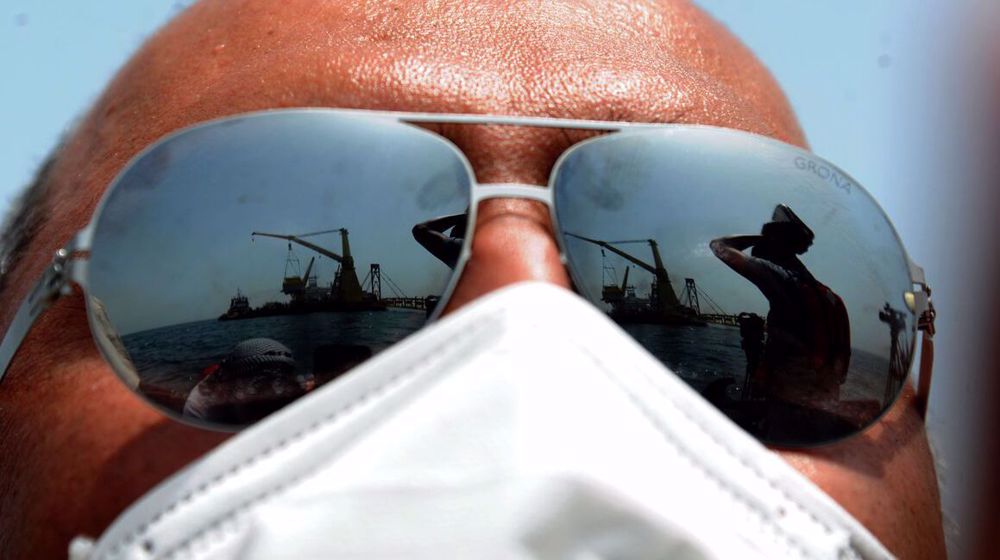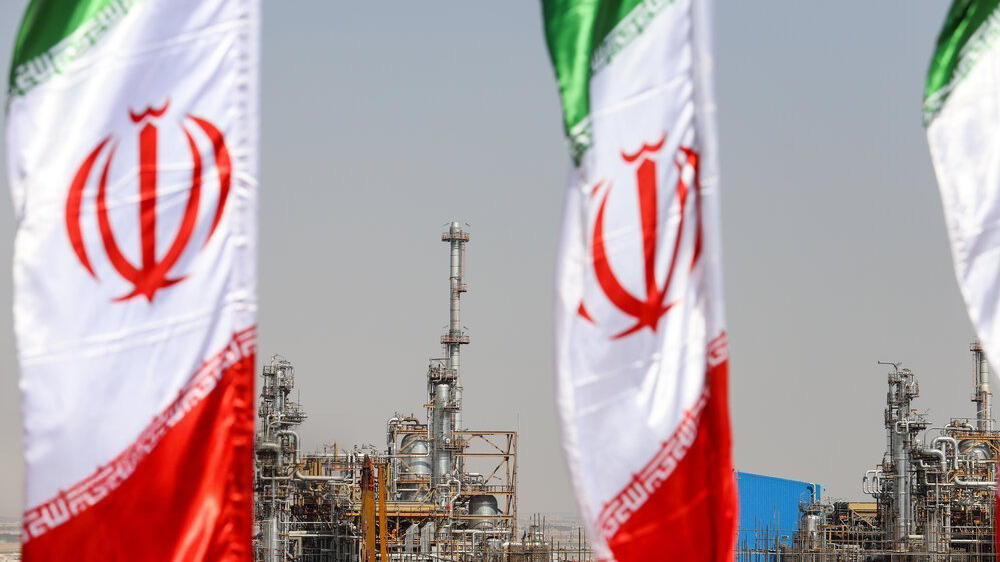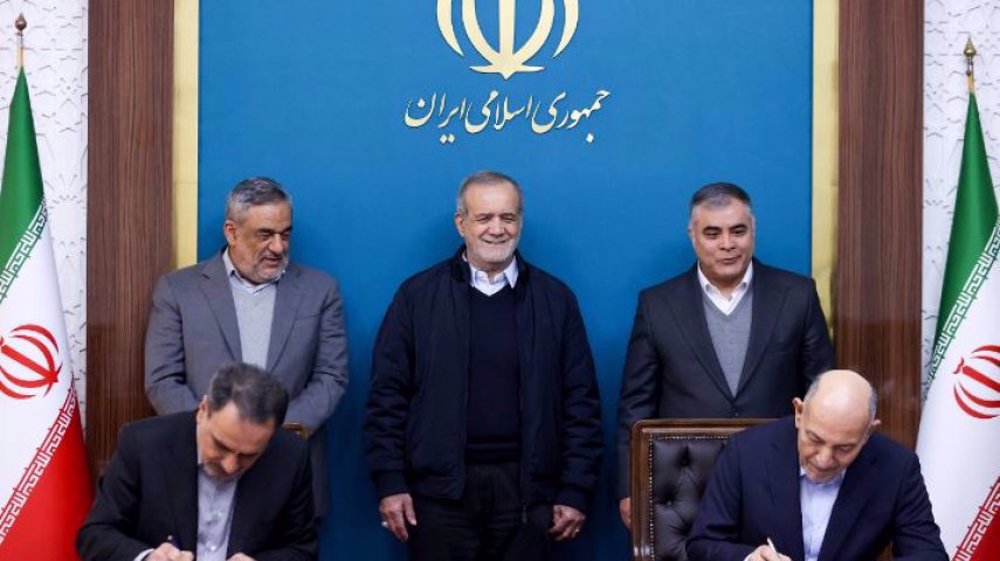Iranian firms on stand-by to ramp up oil production
Iran’s largest oil producing company says it is ready to raise production to levels above its output in 2018 when the US unilaterally targeted the Islamic Republic’s oil industry with the most aggressive sanctions ever.
The National Iranian South Oil Company (NISOC), with a daily production capacity of more than 3 million barrels, is able to supply 80 percent of the country’s crude oil output, its CEO Ahmad Mohammadi said.
"With the realization of the planned programs in the last two years and the creation of production capacity, which was done with the efforts of the employees and technical and operational specialists of the company and its subordinates, NISOC is prepared to bring its output to the level above the pre-sanctions production,” he said.
Mohammadi said the five companies operating Karoun, Maroon, Aghajari, Gachsaran and Masjed-e-Soliman oil fields have been notified of the output increase plan.
“The plan for stepped-up production in all operational sectors and the five companies is in process, and as soon as the sanctions are lifted and the ground is ready for oil exports, the production hike will realize,” he added.
Iran is closely watched by the market for a return of the country’s barrels which averaged around 2.3 million barrels per day (bpd) before the sanctions.
The country is currently in talks with the remaining signatories of a 2015 nuclear deal to have the unilateral US sanctions removed and resume its normal oil exports.
Iran’s oil production rose by 137,000 barrels per day to 2.3 million bpd in March, marking the highest crude production growth among OPEC members, according to the Organization of the Petroleum Exporting Countries’s monthly report.
The higher output by Iran which is exempt from making voluntary cuts because of US sanctions came for the third consecutive month. Iran’s oil production had jumped by 62,000 and 35,000 barrels per day in January and February, respectively.
With transactions mostly done in Chinese currency, Iranian oil flows have continued to Asia's biggest refiner and consumer of oil products such as gasoline and diesel.
Iran’s other oil customers are salivating at the prospect of resuming shipments from the country as the Vienna negotiations move into a higher gear.
According to Indian officials, state-run oil refiners in the country have started making preparations in advance of the possible removal of the sanctions so they can swiftly enter into contracts for Iranian supply.
India has recently been vocal in its support for resuming crude purchases from Iran as its refiners have sharply cut imports from Saudi Arabia amid tensions over oil prices. The energy-hungry country, once Iran’s second-biggest customer, imports more than 85% of its total oil needs.
South Korean Prime Minister Chung Sye-kyun, who visited Tehran this month, also indicated his country's interest in resuming oil shipments from Iran.
Seoul was the biggest client of Iranian gas condensate, but it stopped imports even before the US sanctions kicked in. South Korea is currently locked in a spat with Iran over its refusal to release more than $7 billion of Iranian oil money because of the US sanctions.
VIDEO | The war on Iran is only Just begining ft. Laith Marouf
VIDEO | Gaza’s economy collapses due to Israeli war
VIDEO | Israel rejects US-approved Gaza technocratic committee
‘Narcissistic psychopath’: Netizens mock Trump over letter to Norway PM on Nobel Prize
Israeli forces demolish UNRWA buildings in occupied East al-Quds
Trump lashes out at allies over Greenland, shares private texts online
Iran’s Armed Forces will cut off any 'hand of aggression' against Leader: Spokesman
VIDEO | Foreign hands, failed chaos










 This makes it easy to access the Press TV website
This makes it easy to access the Press TV website